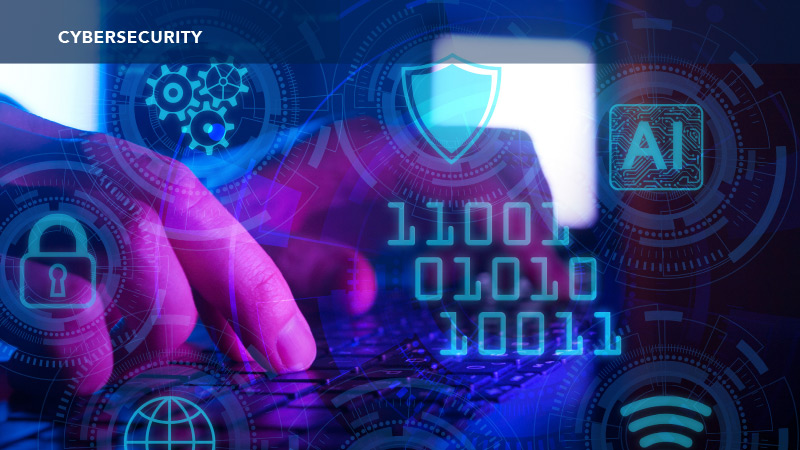
The Executive Assistant Director for Cybersecurity for the Cybersecurity and Infrastructure Security Agency (CISA), Eric Goldstein, preached the importance of offensive and defensive cybersecurity teams working together to mitigate attacks in America from adversaries.
The Federal official sat alongside other government and private-sector cyber experts during a panel at the 13th Annual Billington CyberSecurity Summit on September 7.
When asked about the current state of play between offense and defense cyber teams, Goldstein responded with enthusiasm about the future of the two teams collaborating.
“The topline goal is few damages in America. The way that we achieve that is we make it cost prohibitive for our adversaries to target American organizations,” Goldstein said.
Federal agencies can harden American networks so when an attacker wants to compromise a government organization the cost is too high, he said. American cybersecurity experts can impose attacks on their infrastructure, indictments against their people, and disrupt their financial goals.

“The government needs to bring all the tools at our disposal to raise those marginal costs for adversaries, such that they are investing more and more for every intrusion to succeed, and they . . . are continuously engaging in activities to reflect the fact that cyberattacks on U.S. infrastructure are intolerable and will be treated as such,” Goldstein said.
A key part of executing CISA’s mission to keep cyberattacks in the U.S. to a minimum is operational collaboration, the Federal official said.
“All we need to do is have operators, practitioners in collaboration channels with CISA [and other partners] working together continuously and moving this model of consistent collaboration,” Goldstein said.
He emphasized that the end goal of these collaboration channels is sharing helpful information immediately.
CISA can then push that information out to not only their usual channels, he said, but to organizations who are collectively protecting millions of customers and can use it to safeguard their critical networks as well.
“We benefit from the collective visibility not just in government, but the broader cybersecurity community,” Goldstein said.
He believes that the government should be shifting its focus to have meaningful partnerships with private sector companies in the broader cybersecurity community as well.
“The private sector has extraordinary visibility globally,” Goldstein said. “The place that we need to be and rapidly evolving to is where government and the private sector are co-equal partners in our shared effort to understand: ‘What are adversaries doing today and where are they going?’”
If everyone brings what they have to the table, and they engage in a co-equal partnership, the cybersecurity community will be better equipped to stop attacks, he said.
But when it comes to the people sitting at the table, Goldstein doesn’t think it should only be cybersecurity experts who engage in active network defense, but also those with policy, legal, or economic backgrounds.
“We should think of cybersecurity not just as those with technical skills . . . but also those who are going to help us build as a society a system of governance . . . the technology will use to uplift our communities,” Goldstein said.
